Technology is changing fast. What worked last year might not be enough this year. In 2025, software development is moving in new directions with faster tools, smarter systems, and better ways to build products.
It’s not just about writing code anymore. It’s about solving problems quicker, making apps work on any device, and building software that can grow with your business. Some of these trends are already here. Others are just starting to make an impact.
In this blog, we’ve picked out 10 software development trends that are actually making a difference in 2025. No jargon. No hype. Just real changes that teams and businesses should know about.
We’ll also show how we, at Askan Technologies, are already working with these trends to help our clients build smarter, better software.
1. AI-Powered Development
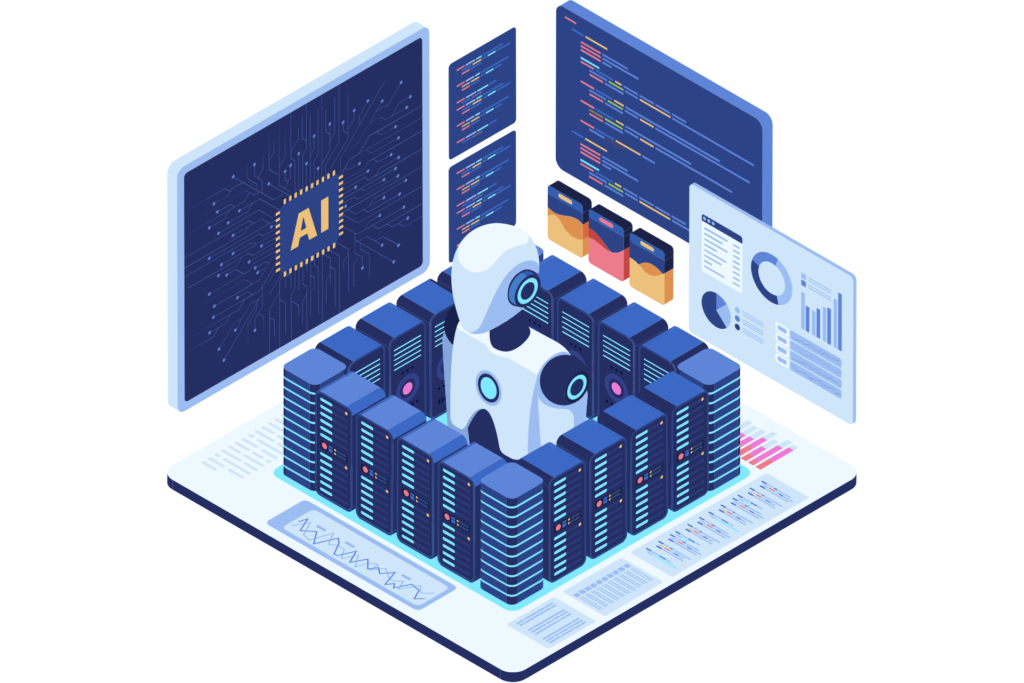
Ever wished your systems could just understand what you need, like how Netflix picks your next binge-worthy show? That’s the power of AI-powered development, and in 2025, it’s shaping some of the biggest software development technology trends in the industry.
Modern businesses are turning to AI to simplify workflows, automate decision-making, and create smarter, more responsive platforms. From backend automation to user-facing personalization, AI is unlocking new levels of productivity.
✦ Why it’s trending:
- Automates repetitive dev tasks and accelerates delivery.
- Enhances user experience with contextual, real-time responses.
- Supports intelligent search, multilingual capabilities, and smart dashboards.
- Reduces operational friction through prompt-based AI assistants.
✦ Meet Ask Diana – Our AI at Work

At Askan Technologies, we brought AI into action by powering up
Boomimart's Admin Dashboard with a smart assistant named
Ask Diana. Designed for e-commerce store owners, Diana:
- Instantly fetches sales reports from any completed month.
- Understands and responds in multiple languages.
- Helps manage inventory and product data with simple, prompt-based input.
- Eliminates the need for manual searching just type it, and get what you need.
AI is no longer just a tech buzzword. It’s transforming how platforms are built, used, and scaled. And businesses that embrace it early? They’re already one step ahead in the latest software development trends.
2. Machine Learning & AI Analytics: When Your Data Starts Making Decisions
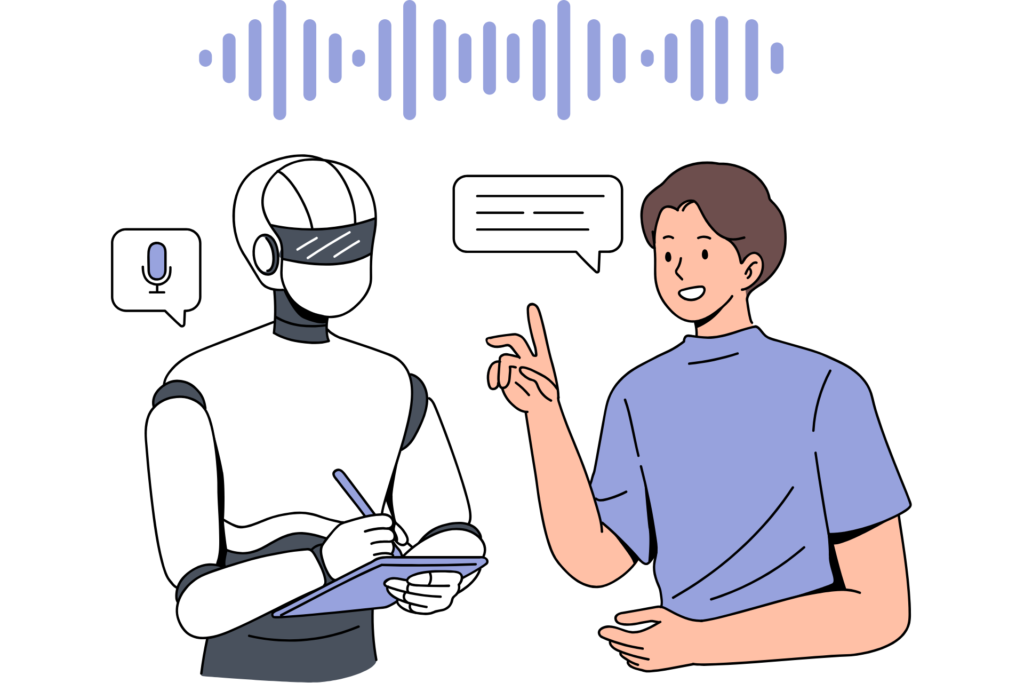
Ever noticed how Spotify starts playing songs you didn’t know you needed, but now can’t stop listening to? Or how Google Photos magically groups your images by faces, even the ones you forgot existed?
That’s Machine Learning at work, identifying patterns, learning your preferences, and getting sharper the more data it sees.
And when those patterns turn into predictions, like when your app suggests the best time to post on Instagram based on your audience, that’s AI Analytics in motion. Together, they don’t just analyze the past; they predict the future.
In 2025, Machine Learning & AI Analytics are becoming everyday tools for businesses, not just buzzwords. Whether it’s reducing churn, optimizing inventory, or delivering tailor-made experiences, companies that adopt this trend early are already a few steps ahead.
✦ Why this trend matters:
- Smarter business insights from customer behavior patterns
- Automated predictions for sales, inventory, and user activity
- Real-time alerts for fraud detection or sudden drop-offs
- Personalization at scale, think Netflix-style recommendations
- Data-driven decision-making for teams, not just data scientists
✦ How We See It in Action – The Askan Outlook
At Askan Technologies, we’re all about turning data overload into decision-ready intelligence. While we haven’t yet rolled out a full-scale ML analytics engine for a client, we’ve been laying the groundwork, integrating ML libraries, setting up data pipelines, and preparing scalable infrastructure.
So when clients come to us with “We have the data, now what?” We're ready to build custom ML models that learn from their history, predict outcomes, and power their next big move.
Because the future isn’t just about collecting data; it’s about making it work.
3. Progressive Web Apps (PWAs): Native-Like Experience, Without the App Store Drama
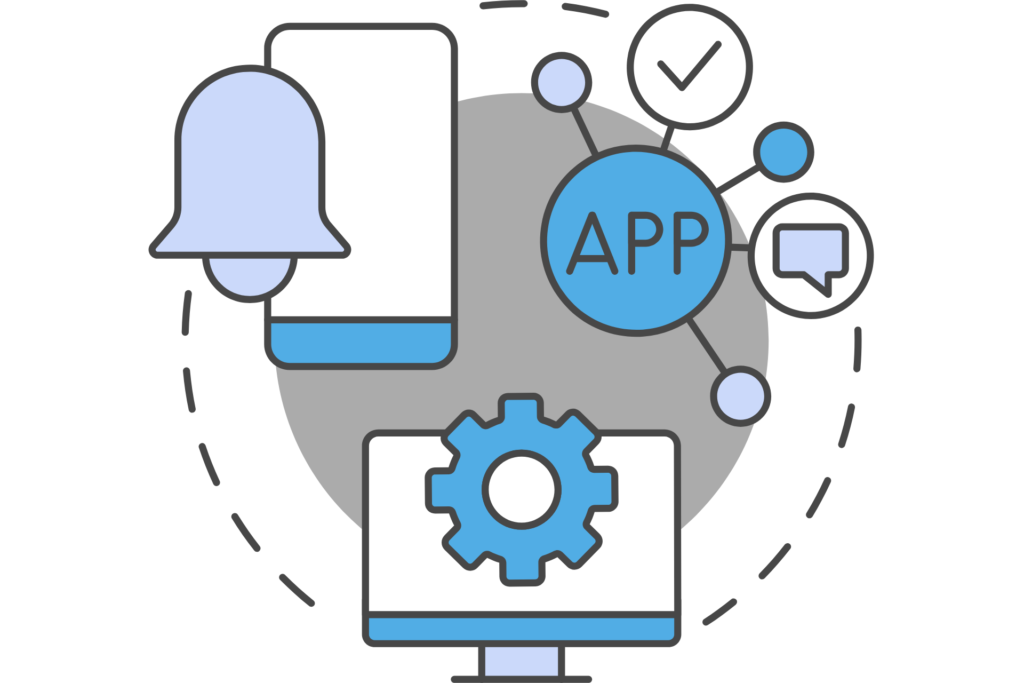
Ever opened a website that felt like an app that had smooth scrolling, push notifications, offline access, and realized you didn’t even download anything? That’s the magic of Progressive Web Apps.
They load lightning-fast, work offline, and feel like native apps, all from a regular browser. Think of it as the best of both worlds: the reach of the web with the experience of a mobile app.
And in 2025, PWAs are more than a trend, they’re becoming standard practice for brands that want performance without the platform restrictions.
✦ Why PWAs are booming in 2025:
- No more app store gatekeepers - skip the publishing headaches
- Offline functionality keeps users engaged, even without the internet
- Lightweight and fast-loading, especially on low-end devices
- Push notifications drive engagement like mobile apps
- Seamless updates - no manual downloads or installs needed
✦ How We’re Preparing for the PWA Surge – The Askan Advantage
At Askan Technologies, we’ve been exploring PWA architectures for brands looking to give users a smooth, app-like journey, without the baggage of mobile development.
Whether it's integrating service workers for offline support or crafting responsive, mobile-first UI components, our devs are building future-ready frontends that can work across devices and networks.
So, when businesses ask, “Can I have an app experience without building an actual app?”, our answer is a confident yes, with PWAs.
4. Cloud-Native Development: Scale Fast, Deploy Smarter
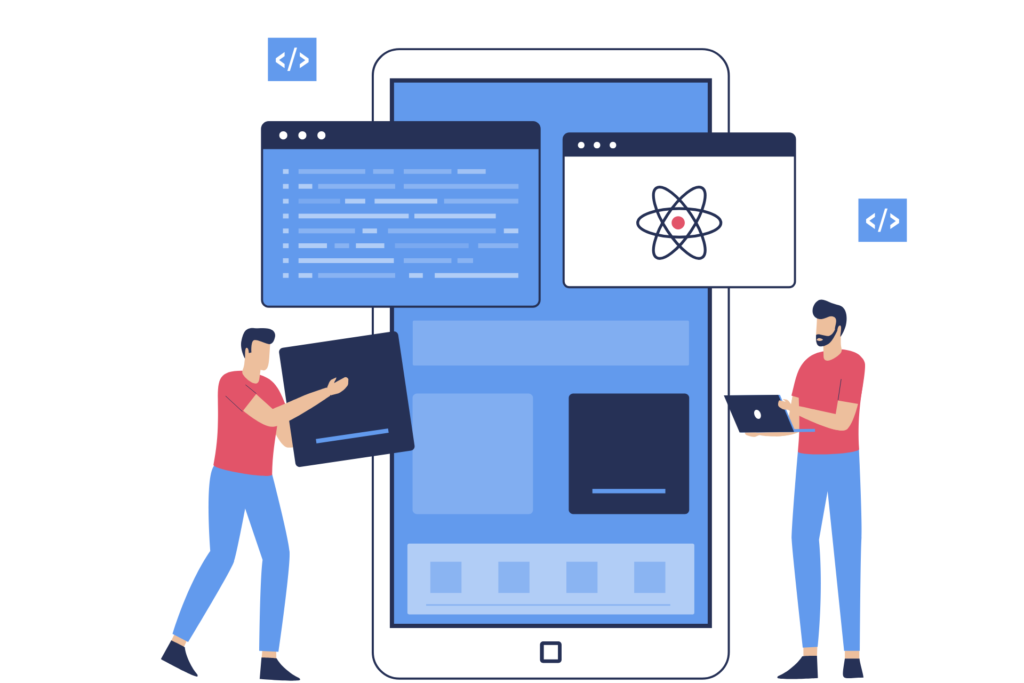
Have you ever wondered how some apps roll out new features every other week, handle traffic spikes like a breeze, and never seem to crash? That’s the power of Cloud-Native Development.
It’s not just about hosting apps on the cloud anymore, it’s about building them for the cloud from the ground up. In 2025, this approach isn’t optional; it’s essential for apps that demand agility, scalability, and global performance.
✦ Why Cloud-Native is reshaping development in 2025:
- Faster deployments with containerization and microservices
- Auto-scaling infrastructure that adjusts to user demand
- Improved uptime & disaster recovery through distributed architecture
- CI/CD pipelines make updates smoother than ever
- Designed for a multi-cloud or hybrid cloud environment
✦ Where We Made It Work: Real-World Projects
Spot Me, a trust-first social app, is a solid example of our cloud-native approach in action. From blocking and reporting to live messaging and profile controls, every feature required a resilient, scalable, and secure backend. Cloud-native infrastructure helped us build:
- A real-time, responsive experience for sensitive features
- Load-balanced architecture to manage spikes in traffic
- Secure data flow with controlled access and auditing layers
On the other hand, platforms like XYZ Reptiles and Sports Zone Canada also benefitted from our cloud-first mindset. With dynamic e-commerce needs like inventory updates, promotions, and seamless checkout flows, cloud-native enabled:
- Zero-downtime deployments
- Faster performance during peak sales seasons
- Robust integrations with payment, shipping, and analytics tools
Whether it’s a social platform or a high-demand online store, our cloud-native development approach ensures every digital product runs smoother, scales smarter, and grows faster.
5. DevSecOps: Security Isn’t a Layer. It’s the Lifeline.

Think of traditional software development like building a house and only adding the locks once construction is done.
Now flip that; what if the walls themselves were secure? That’s the idea behind DevSecOps.
In 2025, DevSecOps isn't just a buzzword; it's becoming the default approach to modern software development. It blends development, security, and operations into one continuous loop, baking security right into the development lifecycle instead of bolting it on later.
✦ Why it matters:
- Faster Delivery with Fewer Risks – Security is automated and integrated into CI/CD pipelines.
- Real-Time Threat Detection – Vulnerabilities are caught early before they ever reach production.
- Compliance Made Simple – Ensures systems are audit-ready from day one.
✦ How We Integrated DevSecOps at Askan
For the
store.boomimart.com platform, our team embedded DevSecOps practices right from the architecture phase. From automated vulnerability scans to secure CI/CD workflows and permission-controlled admin roles, everything was built to scale, securely. With constant monitoring and agile patch rollouts, the store runs smoothly while staying shielded from modern threats.
6. CI/CD (Continuous Integration/Continuous Deployment)
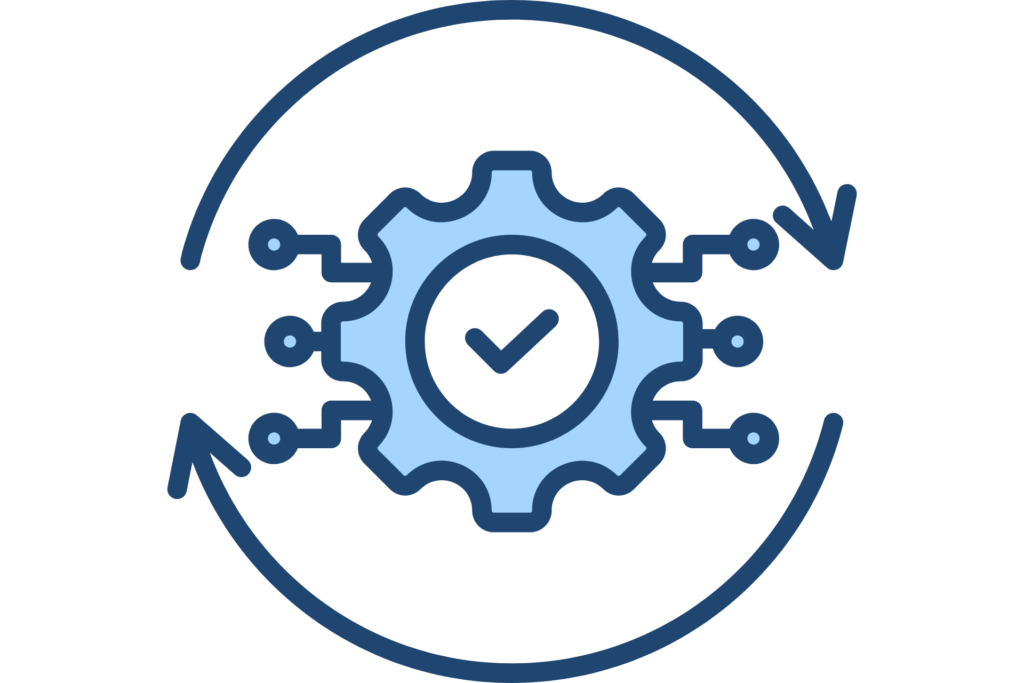
Ever wonder how platforms roll out updates so fast without breaking things?
That’s the magic of CI/CD – a software development approach that lets teams integrate changes frequently (CI) and deploy them automatically and reliably (CD).
Gone are the days of "big bang" releases. With CI/CD, new features, bug fixes, and security patches can go live in hours, not weeks.
✦ Why it’s booming in 2025:
- Faster Time-to-Market – Release cycles are shorter, without compromising stability.
- Reduced Human Errors – Automation handles testing and deployment.
- Immediate Feedback Loop – Developers can catch and fix issues instantly.
✦ What We’re Building Towards at Askan
While we haven’t fully rolled out CI/CD pipelines yet, we’re actively planning to bring this efficiency into our workflow. Our dev team is setting up the foundation to automate testing, integration, and deployment; aiming for faster, cleaner releases across all future projects.
As we expand our service offerings, CI/CD is set to become a core part of our software delivery strategy, ensuring quality, speed, and continuous improvement.
7. Cross-Platform Development: Build Once, Run Anywhere

Why write the same app twice, once for iOS and again for Android, when you can do it once and done?
That’s the beauty of Cross-Platform Development, one of the most practical and booming software development technology trends in 2025. Tools like Flutter, React Native, and Xamarin are letting developers create apps that work seamlessly across multiple platforms, without compromising user experience.
✦ Why it’s trending:
- Cost-effective – No need to maintain two separate codebases.
- Faster development cycles – Updates go live on both platforms simultaneously.
- Consistent UX – Delivers a uniform experience across all devices.
✦ How Askan Builds Across Platforms
At Askan Technologies, we’re all in on building scalable cross-platform solutions that save our clients time and budget. Whether it's e-commerce, service-based platforms, or social apps, we use Flutter and React Native to create powerful applications that look and perform great on both Android and iOS.
By adopting a “write once, deploy everywhere” mindset, we help businesses launch faster, reach wider audiences, and cut down maintenance headaches.
8. Voice Technology & Conversational AI: Speak. Ask. Get It Done.
Ever asked Alexa for the weather or told Siri to set an alarm? That’s Voice Tech and Conversational AI doing their thing; and in 2025, it’s going far beyond smart assistants.
From voice-activated banking to hands-free e-commerce browsing, this tech is reshaping how we interact with software; not with clicks, but with conversations.
✦ Why it’s trending:
- Frictionless user experience – Just speak, no need to type.
- Multilingual support – Great for global apps and accessibility.
- Rising integration – Embedded in websites, apps, customer support & IoT devices.
✦ How Askan Gives Apps a Voice
We craft custom voice-enabled interfaces and smart chat flows using AI-powered tools like Dialogflow and OpenAI APIs. Our solutions are designed to make apps not just usable, but truly interactive.
For instance, we’re currently exploring voice command modules and multilingual conversational agents for upcoming e-commerce projects. It's all about creating human-like interactions, making tech feel more natural, and increasing user engagement with zero learning curve.
9. No-Code/Low-Code Development: Build Fast. Launch Faster.
Why wait months for an MVP when you can build one in days?
No-code and low-code platforms are revolutionizing software development by letting you build robust apps with minimal coding or none at all. It’s a game-changer for businesses that want to validate ideas quickly without burning through resources.
✦ Why it’s booming:
- Rapid prototyping and deployment
- Drag-and-drop interfaces for ease of use
- Lower development costs and quicker turnaround
- Ideal for non-tech founders or internal tools
✦ How We Delivered with No-Code/Low-Code
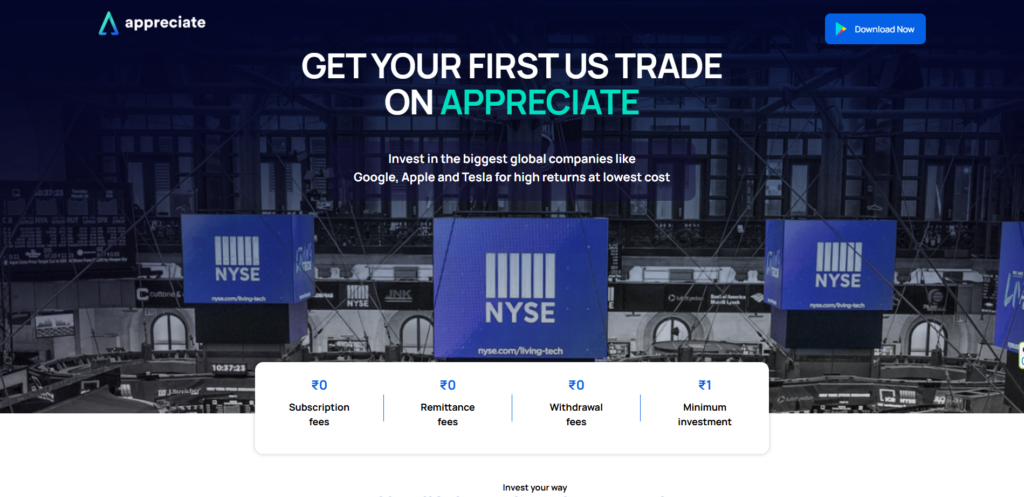
For
ppreciate.com, we embraced the low-code approach to speed up development and simplify iterations. The platform encourages employees to give and receive positive feedback in real-time, something that requires fast MVP deployment and easy-to-scale features.
We utilized a low-code stack to build a platform that was not only scalable but also future-ready, allowing the client to test their idea and gather user feedback with minimum dev overhead.
This approach gave them the freedom to focus on their business, while we handled the tech, without writing lines and lines of code.
10. Data Privacy & Compliance: Building Trust, One Byte at a Time
Every click, scroll, and swipe collects data; but how securely is that data handled?
In a world shaped by GDPR, CCPA, and India’s DPDP Act, data privacy isn’t just a checkbox, it’s a foundation for trust. Users today demand control over their personal information, and companies that ignore this are simply out of the game.
✦ Why It Matters:
- Users expect transparency and consent-first experiences
- Global laws like GDPR, CCPA, and DPDP are tightening
- Non-compliance leads to legal trouble and reputational damage
- Smart compliance boosts user confidence and brand loyalty
✦ How It Looks in Action:
- End-to-end encryption
- Clear opt-in/opt-out options
- Data access logs and user control
- Regular audits and policy updates
- Role-based access and privacy-first UI
✦ Where We Applied It – Scube Ergo
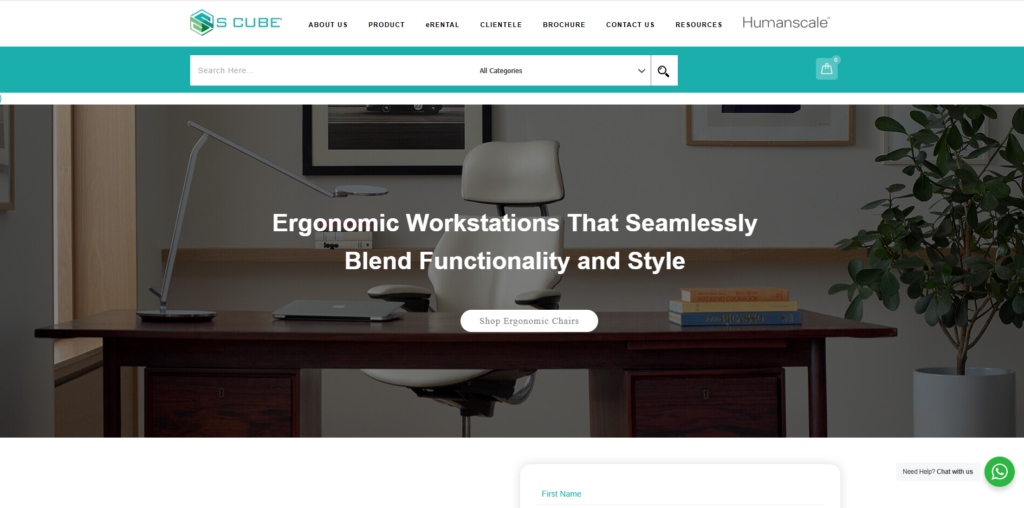 In our project for Scube Ergo, a platform that blends ergonomics with wellness solutions, data privacy was a core pillar. We implemented consent-based data collection, encrypted user inputs, and strict access controls to ensure every user interaction remained secure and compliant.
From form submissions to health feedback, everything was designed with privacy by default, reflecting global best practices.
In our project for Scube Ergo, a platform that blends ergonomics with wellness solutions, data privacy was a core pillar. We implemented consent-based data collection, encrypted user inputs, and strict access controls to ensure every user interaction remained secure and compliant.
From form submissions to health feedback, everything was designed with privacy by default, reflecting global best practices.
Wrapping It All Up
The tech world never hits pause; it's always shifting, evolving, and leveling up. And as you’ve just seen, the latest software development trends go far beyond the surface. From AI-driven platforms and cloud-native ecosystems to secure, scalable apps that run across devices, it’s all about building smarter, faster, and safer.
At Askan Technologies, we don’t just follow these trends, we implement them, adapt them, and help businesses grow with them. Whether you're looking to integrate voice tech, embrace low-code platforms, or scale with DevSecOps, we’re already hands-on and future-ready.
The real question is, are you ready to build with what’s next?
 Ever wished your systems could just understand what you need, like how Netflix picks your next binge-worthy show? That’s the power of AI-powered development, and in 2025, it’s shaping some of the biggest software development technology trends in the industry.
Modern businesses are turning to AI to simplify workflows, automate decision-making, and create smarter, more responsive platforms. From backend automation to user-facing personalization, AI is unlocking new levels of productivity.
Ever wished your systems could just understand what you need, like how Netflix picks your next binge-worthy show? That’s the power of AI-powered development, and in 2025, it’s shaping some of the biggest software development technology trends in the industry.
Modern businesses are turning to AI to simplify workflows, automate decision-making, and create smarter, more responsive platforms. From backend automation to user-facing personalization, AI is unlocking new levels of productivity.
 At Askan Technologies, we brought AI into action by powering up Boomimart's Admin Dashboard with a smart assistant named Ask Diana. Designed for e-commerce store owners, Diana:
At Askan Technologies, we brought AI into action by powering up Boomimart's Admin Dashboard with a smart assistant named Ask Diana. Designed for e-commerce store owners, Diana:
 Ever noticed how Spotify starts playing songs you didn’t know you needed, but now can’t stop listening to? Or how Google Photos magically groups your images by faces, even the ones you forgot existed?
That’s Machine Learning at work, identifying patterns, learning your preferences, and getting sharper the more data it sees.
And when those patterns turn into predictions, like when your app suggests the best time to post on Instagram based on your audience, that’s AI Analytics in motion. Together, they don’t just analyze the past; they predict the future.
In 2025, Machine Learning & AI Analytics are becoming everyday tools for businesses, not just buzzwords. Whether it’s reducing churn, optimizing inventory, or delivering tailor-made experiences, companies that adopt this trend early are already a few steps ahead.
Ever noticed how Spotify starts playing songs you didn’t know you needed, but now can’t stop listening to? Or how Google Photos magically groups your images by faces, even the ones you forgot existed?
That’s Machine Learning at work, identifying patterns, learning your preferences, and getting sharper the more data it sees.
And when those patterns turn into predictions, like when your app suggests the best time to post on Instagram based on your audience, that’s AI Analytics in motion. Together, they don’t just analyze the past; they predict the future.
In 2025, Machine Learning & AI Analytics are becoming everyday tools for businesses, not just buzzwords. Whether it’s reducing churn, optimizing inventory, or delivering tailor-made experiences, companies that adopt this trend early are already a few steps ahead.
 Ever opened a website that felt like an app that had smooth scrolling, push notifications, offline access, and realized you didn’t even download anything? That’s the magic of Progressive Web Apps.
They load lightning-fast, work offline, and feel like native apps, all from a regular browser. Think of it as the best of both worlds: the reach of the web with the experience of a mobile app.
And in 2025, PWAs are more than a trend, they’re becoming standard practice for brands that want performance without the platform restrictions.
Ever opened a website that felt like an app that had smooth scrolling, push notifications, offline access, and realized you didn’t even download anything? That’s the magic of Progressive Web Apps.
They load lightning-fast, work offline, and feel like native apps, all from a regular browser. Think of it as the best of both worlds: the reach of the web with the experience of a mobile app.
And in 2025, PWAs are more than a trend, they’re becoming standard practice for brands that want performance without the platform restrictions.
 Have you ever wondered how some apps roll out new features every other week, handle traffic spikes like a breeze, and never seem to crash? That’s the power of Cloud-Native Development.
It’s not just about hosting apps on the cloud anymore, it’s about building them for the cloud from the ground up. In 2025, this approach isn’t optional; it’s essential for apps that demand agility, scalability, and global performance.
Have you ever wondered how some apps roll out new features every other week, handle traffic spikes like a breeze, and never seem to crash? That’s the power of Cloud-Native Development.
It’s not just about hosting apps on the cloud anymore, it’s about building them for the cloud from the ground up. In 2025, this approach isn’t optional; it’s essential for apps that demand agility, scalability, and global performance.
 Think of traditional software development like building a house and only adding the locks once construction is done.
Now flip that; what if the walls themselves were secure? That’s the idea behind DevSecOps.
In 2025, DevSecOps isn't just a buzzword; it's becoming the default approach to modern software development. It blends development, security, and operations into one continuous loop, baking security right into the development lifecycle instead of bolting it on later.
Think of traditional software development like building a house and only adding the locks once construction is done.
Now flip that; what if the walls themselves were secure? That’s the idea behind DevSecOps.
In 2025, DevSecOps isn't just a buzzword; it's becoming the default approach to modern software development. It blends development, security, and operations into one continuous loop, baking security right into the development lifecycle instead of bolting it on later.
 Ever wonder how platforms roll out updates so fast without breaking things?
That’s the magic of CI/CD – a software development approach that lets teams integrate changes frequently (CI) and deploy them automatically and reliably (CD).
Gone are the days of "big bang" releases. With CI/CD, new features, bug fixes, and security patches can go live in hours, not weeks.
Ever wonder how platforms roll out updates so fast without breaking things?
That’s the magic of CI/CD – a software development approach that lets teams integrate changes frequently (CI) and deploy them automatically and reliably (CD).
Gone are the days of "big bang" releases. With CI/CD, new features, bug fixes, and security patches can go live in hours, not weeks.
 Why write the same app twice, once for iOS and again for Android, when you can do it once and done?
That’s the beauty of Cross-Platform Development, one of the most practical and booming software development technology trends in 2025. Tools like Flutter, React Native, and Xamarin are letting developers create apps that work seamlessly across multiple platforms, without compromising user experience.
Why write the same app twice, once for iOS and again for Android, when you can do it once and done?
That’s the beauty of Cross-Platform Development, one of the most practical and booming software development technology trends in 2025. Tools like Flutter, React Native, and Xamarin are letting developers create apps that work seamlessly across multiple platforms, without compromising user experience.
 For ppreciate.com, we embraced the low-code approach to speed up development and simplify iterations. The platform encourages employees to give and receive positive feedback in real-time, something that requires fast MVP deployment and easy-to-scale features.
We utilized a low-code stack to build a platform that was not only scalable but also future-ready, allowing the client to test their idea and gather user feedback with minimum dev overhead.
This approach gave them the freedom to focus on their business, while we handled the tech, without writing lines and lines of code.
For ppreciate.com, we embraced the low-code approach to speed up development and simplify iterations. The platform encourages employees to give and receive positive feedback in real-time, something that requires fast MVP deployment and easy-to-scale features.
We utilized a low-code stack to build a platform that was not only scalable but also future-ready, allowing the client to test their idea and gather user feedback with minimum dev overhead.
This approach gave them the freedom to focus on their business, while we handled the tech, without writing lines and lines of code.
 In our project for Scube Ergo, a platform that blends ergonomics with wellness solutions, data privacy was a core pillar. We implemented consent-based data collection, encrypted user inputs, and strict access controls to ensure every user interaction remained secure and compliant.
From form submissions to health feedback, everything was designed with privacy by default, reflecting global best practices.
In our project for Scube Ergo, a platform that blends ergonomics with wellness solutions, data privacy was a core pillar. We implemented consent-based data collection, encrypted user inputs, and strict access controls to ensure every user interaction remained secure and compliant.
From form submissions to health feedback, everything was designed with privacy by default, reflecting global best practices.




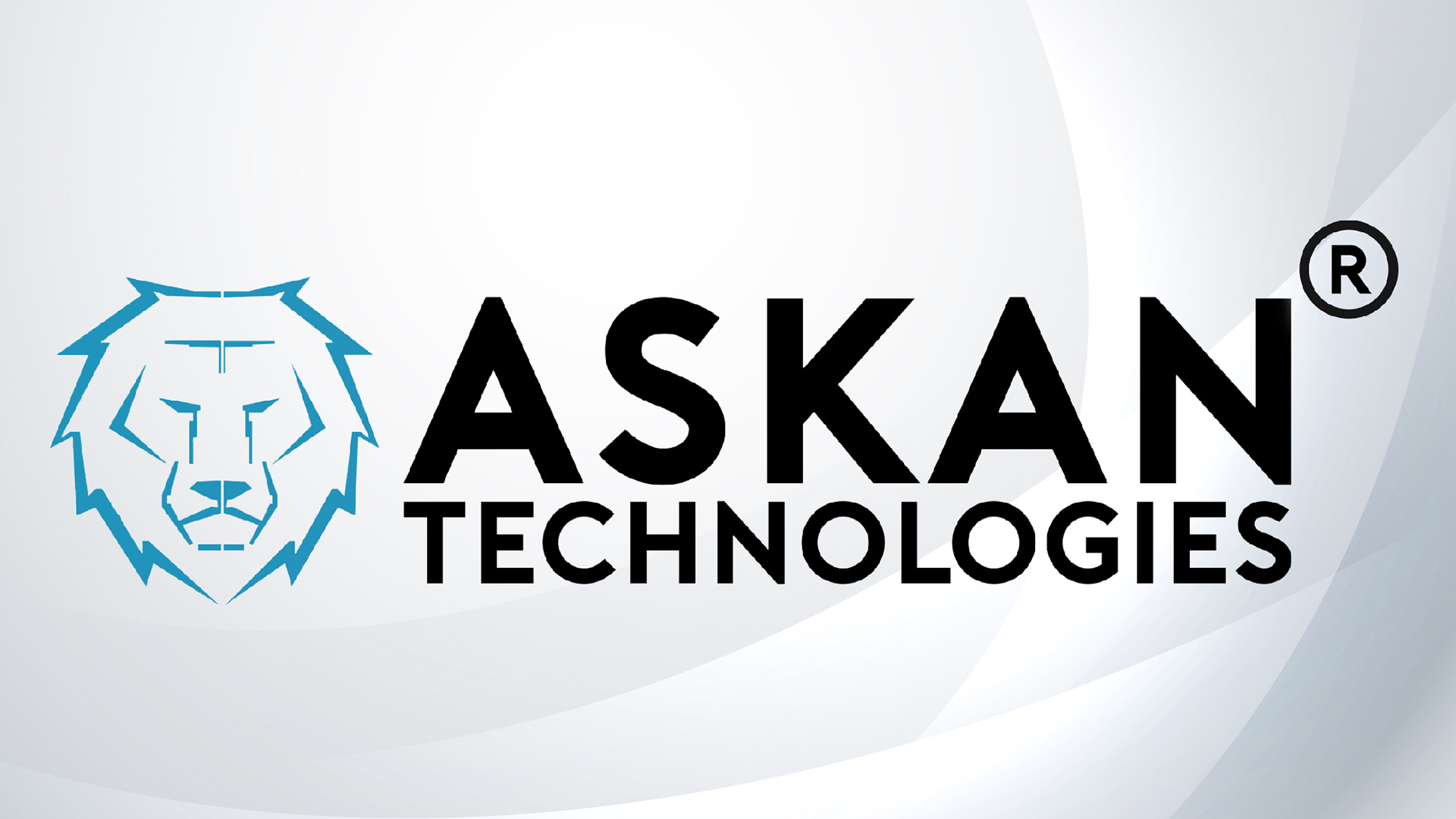


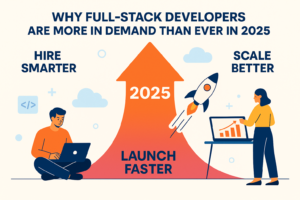
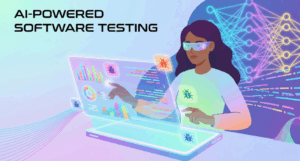

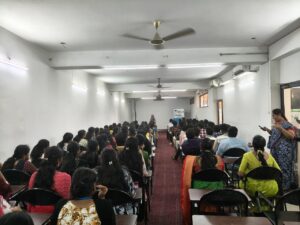
Top 10 Software Development Trends to Watch in 2025
Technology is changing fast. What worked last year might not be enough this year. In...
Share this link via
Or copy link